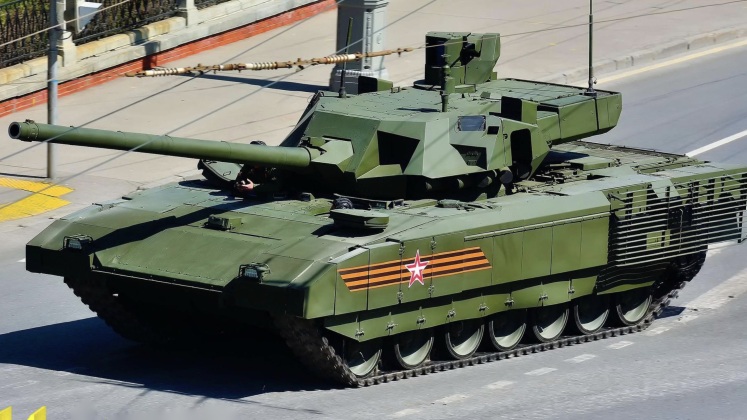A next generation lightweight battle tank is currently under development to meet the requirements of the Chinese People’s Liberation Army, and is expected to represent a direct successor to the Type 15 tank currently in service. The tank class has been confirmed to have already reached a prototype and trial stage. It is expected to introduce a range of revolutionary new features never before seen on operational armoured vehicles, including reduction of crew requirements to just two personnel through very high levels of automation. To place this in perspective, U.S., British and German tanks currently have four man crews, while automatic loading allows South Korean, Russian and other Chinese tanks to reduce this to three. Artificial intelligence is expected to play a major role in reducing crew requirements, which in turn can facilitate a more compact design and greater levels of armour protection on the vehicle relative to its weight. The fact that crew are expected to be seated side by side in the centre of the vehicle will also reduce requirements for crew protection and interfaces elsewhere.
The seating of crew in armoured capsules was pioneered by the cancelled Soviet T-95 tank, and subsequently by the Russian T-14, although no tank with such features has yet to enter service with the T-14 still in testing. Unlike Russia, however, which has consistently seen major conventional weapons programs stall in the post-Soviet era, China has a defence sector that has proven capable of consistently making revolutionary advances without significant delays. The new Chinese vehicle thus has the potential to mark a major milestone for the country’s tank industry as it demonstrates clearer signs of a performance lead in the field, much as China’s defence sector has shown strong signs of leadership in a growing number of areas ranging from destroyers and anti ship missiles to hypersonic glide vehicles. The Chinese defence sector already leads the world in producing five separate tank classes simultaneously, where other than Russia which produces a small number of T-14s alongside its primary tank the T-90, all other tank producing countries focus on a single class of vehicle.

China has long placed a much greater emphasis on fielding separate classes of lightweight tank alongside its main battle tanks, previously due to its requirements for mountain warfare capabilities, but in more recent years also due to its growing focus on amphibious warfare. The Type 15 lightweight tank currently has no foreign equivalents among post-Cold War era vehicles, and has provided Chinese forces with distinct advantages in the country’s mountainous regions on the disputed Sino-Indian border – complementing deployments of its most capable tank class the Type 99A in flatter terrain in the border regions. The Type 15 itself was confirmed to have entered service only in December 2018, and made its first official appearance during the country’s National Day Parade in October 2019, with the development of a successor to prototype stage just five years later indicating the degree of prioritisation such programs have received. Preceding the Type 15, The PLA had relied on the earlier Type 62 lightweight tank which had entered production in 1963. Growing tensions in the Taiwan Strait, where amphibious tanks would be invaluable in a full scale war situation, are expected to continue to provide a primary rationale for development of more capable vehicles.
